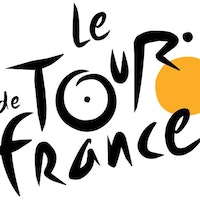Another Tour de France over and, after three weeks of racing, we have Chris Froome on the top step of the podium for the fourth time in five years, a Brit in the white jersey again and plenty of action besides to reflect on.
While the final result went the way the bookmakers predicted, with Froome ensuring Team Sky – and a British rider – have won five of the last six Tours after Sir Bradley Wiggins set the ball rolling in 2012, there was no shortage talking points on the way from Dusseldorf to Paris.
Froome was only the rider to feature in Sunday’s podium presentations to have also been crowned on the Champs-Elysees a year ago, with Simon Yates, Michael Matthews and Warren Barguil claiming their first major prizes at the Tour in the young rider, points and mountains classification respectively.

Rigoberto Uran, meanwhile, finished second overall to remind everybody why he was revered as a Grand Tour contender just a couple of years ago before slipping under the radar.
The Tour was a huge success for some teams – Team Sky scooping more than €700,000 in prize money, and Matthews and Barguil’s efforts helping Team Sunweb clean up too. For others, however, the end of this year’s Tour could not have come soon enough after disasters all the way from Germany’s Grand Depart to the finale – Movistar, we’re looking at you.
So what did this year’s race teach us? Read on for our post-Tour analysis and observations.



















Share